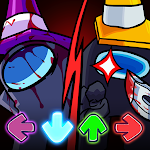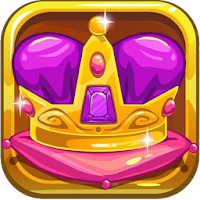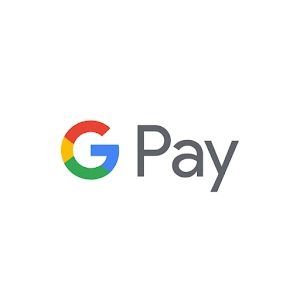After months of intense speculation, rumors, and leaks, Nintendo has finally pulled back the curtain on the Switch 2 with its own Direct presentation. Not only did we get thrilling trailers for new titles like Mario Kart World, Donkey Kong Bonanza, and even exclusive Nintendo GameCube games for Switch 2 Online, but we also got an in-depth look at the system itself. From an accessibility standpoint, I'm thrilled to say that the Switch 2 is a significant upgrade over its predecessor in nearly every way.
Several months ago, I explored my accessibility predictions for Nintendo’s latest console. I hoped for more robust accessibility options, enhanced Joy-Con usage, and unique inclusive design practices. To my delight, Nintendo not only met these expectations but exceeded them with additional features. Let's dive into the exciting and *confirmed* accessibility features of the Switch 2 in this Access Designed.
New Accessibility Settings
While the Direct didn't showcase a lot of tangible accessibility options beyond fully customizable controls for each virtual GameCube game, Nintendo did release an accessibility page outlining both returning and new features.
The fully customizable controls feature returns, functioning similarly to the original Switch. The ability to adjust text size to three different variants is also back, now with the added option to implement High Contrast and change general display colors. The Zoom functionality, crucial for blind/low vision players, makes a welcome return. However, the most surprising new addition is the "Screen Reader" setting.
Blind/low vision players often rely on Text-to-Speech to navigate menus and settings. Although this feature is currently limited to the HOME menu and system settings, it's a vital tool that allows disabled players to navigate the Switch 2 independently. The Screen Reader includes options for choosing different voices, adjusting read speeds, and controlling volume levels. While we still don't know if individual games will support these tools or have their own accessibility features, Nintendo's recognition of their disabled audience is encouraging and sparks my curiosity about future accessibility developments at the company.
Innovative Design
Although not part of a specific menu, Nintendo introduced a new inclusive tool within the renamed Nintendo Switch App called Zelda Notes, a companion app for Breath of the Wild and Tears of the Kingdom. The Navigation option in the app uses a GPS-like UI to help players locate shops, areas of interest, and even the elusive Koroks. The app, complete with audio cues and voices, guides players to their chosen location. Though it doesn't assist with precise navigation or enemy encounters, it significantly helps blind/low vision players navigate the overworld and reduces the cognitive load of traveling across vast landscapes.
For cognitive, blind/low vision, and physically disabled players, the app's Autobuild Sharing tool is a game-changer. By scanning a QR code, disabled individuals can automatically build Zonai machines if they have the necessary materials. Personally, I found the control layout and required buttons for building Zonai machinery in Tears of the Kingdom challenging. With this new tool, I only need to focus on gathering materials, not the construction process. This feature exemplifies Nintendo's commitment to inclusive design, something I've consistently praised them for.
Additionally, the Item Sharing feature, similar to Autobuild Sharing, allows disabled players to share items with each other by scanning a QR code. This reduces the physical effort needed to search the world for weapons and food. While these features don't make Breath of the Wild and Tears of the Kingdom fully accessible, they represent a significant step forward.
Wheelchair Sports
The most unexpected announcement was Drag X Drive, a Rocket League-esque game featuring manual wheelchair characters on a basketball court. This not only showcases proper disability representation but also highlights one of the Switch 2's new hardware features—mouse control.
By flipping the Joy-Con on its side, players can move it across any surface, turning it into a device similar to a computer mouse. While we don't yet know the required force to move the cursor—mine on my ultrawide monitor has a DPI of 6400—this new way of playing will undoubtedly benefit a wide range of disabled players. It's exciting to consider how Nintendo will further utilize this feature, but more importantly, it provides yet another tool for disabled individuals. When combined with the variety of controller types available on the Switch and Switch 2, Nintendo continues to innovate in terms of controller usage.
As a long-time Nintendo fan, I'm incredibly excited about the Switch 2. While I'm hesitant about spending upwards of $450 on the system, my love for gaming started with Nintendo. With each new console, they introduce exciting accessibility enhancements that underscore their commitment to inclusive design. Although we still don't have a first-party accessible device like the Xbox Adaptive Controller or PlayStation Access Controller, Nintendo is making strides in new ways to play for disabled individuals. Coupled with the recent announcement of Nintendo joining other developers to create standardized accessibility tags, I'm optimistic that we'll see continued advancements in accessibility.
















